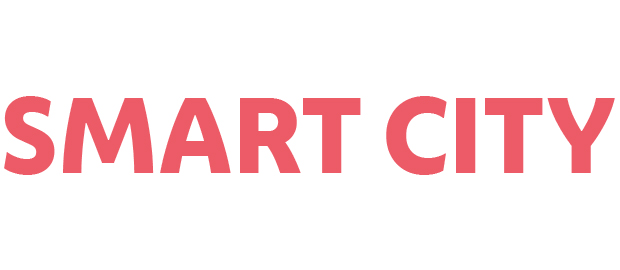The aim of the research project was to try out the essential components of a practical and varied range of e-mobility options: electric vehicles, the charging infrastructure, the optimal combination of types of transport and access to them by means of a multi-modal mobility ticket for users. The project was completed by the end of 2016.
The Vienna Model Region, with the “e-mobility on demand” research project at its centre, is focusing on a gradual conversion to an integrated global transport system that complements public transport with electric mobility and e-car sharing in an effective way.
The aim of the research project was to try out the essential components of a practical and varied range of e-mobility options: electric vehicles, the charging infrastructure, the optimal combination of types of transport and access to them by means of a multi-modal mobility ticket for users. A ticket of this sort makes the new range of options easier to navigate and more user-friendly for customers.
In the context of the project, e-cars and charging stations were used where they can replace fossil-fuel powered business journeys and where they can provide mobility when walking, cycling and public transport are not practical.
The use of subsidised e-vehicles was therefore restricted exclusively to the replacement of essential vehicle journeys and therefore primarily to:
- business traffic involving vehicle fleets with the appropriate utilisation profile
- e-vehicles used as a complementary means of transport in the multi-modal mix, including e-taxis and e-car sharing
- commuters
- and public transport: e-buses that form part of Vienna’s network (lines 2A & 3A)
The project’s approach of deploying innovative e-mobility applications primarily at hot spots, particularly in the form of charging stations in car parks, has proved to be particularly user-friendly: this is an ideal interface where parking, charging and switching to other types of transport complement one another perfectly.
The aims of the project were making a particularly strong impression at transfer points in the city centre: parking and charging e-vehicles in the Beethoven car park, a pleasant walk away from the city centre, a Citybike station, underground and tram stations and a stop for the innovative e-buses running on Vienna’s network are already available in close proximity to one another at Schwarzenbergplatz. The e-bus stop, which has attracted a great deal of attention among specialists in the field, incorporates a quick charging station for the buses that is fed from the DC power network of the overhead tram cables that are already present at the junction.
The project also focused on the issue of publicly accessible charging infrastructure in the urban area. The aim was to find alternatives, which offer parking areas and charging facilities in the private and semi-public sector. On that issue, Vienna Public Utilities seized the initiative and created a network of publicly accessible charging points in car parks, primarily in cooperation with their subsidiary companies Wien Energie and WIPARK, but also in collaboration with an e-bike rental system in the lakeside development region of Aspern.
Contact
Michael Lichtenegger
Wiener Stadtwerke
E-Mail: michael.lichtenegger@wienerstadtwerke.at
Website: http://www.wienermodellregion.at/
This post is also available in: German




